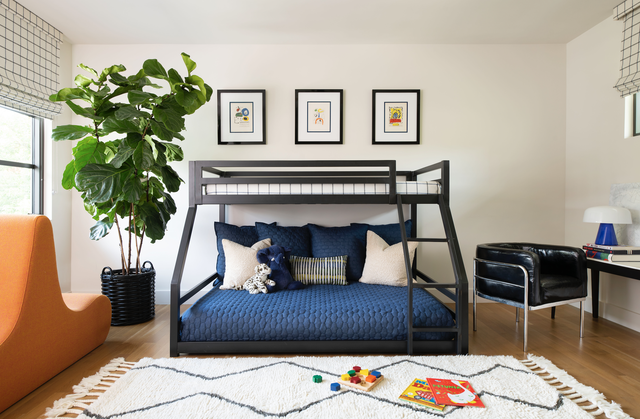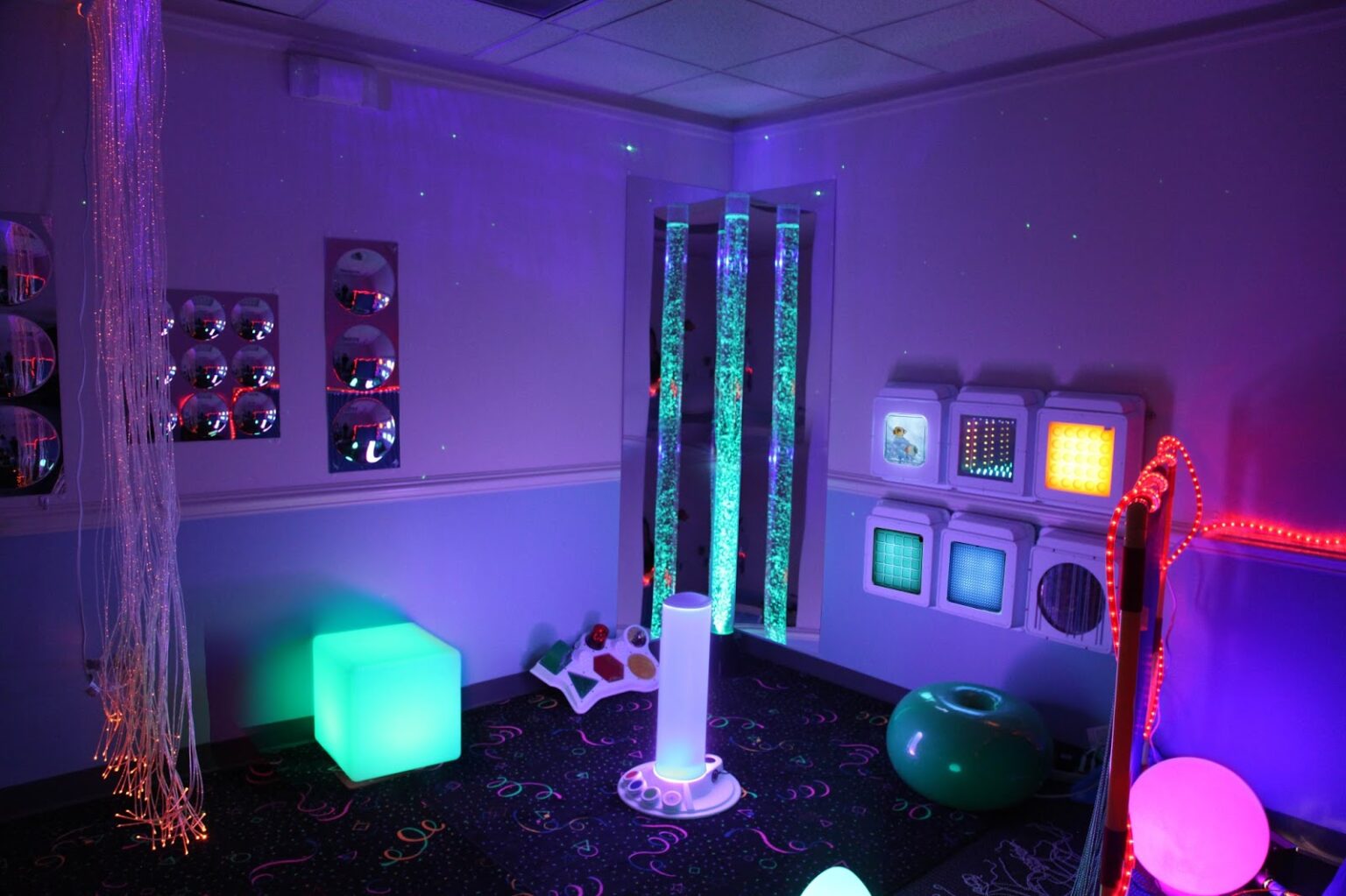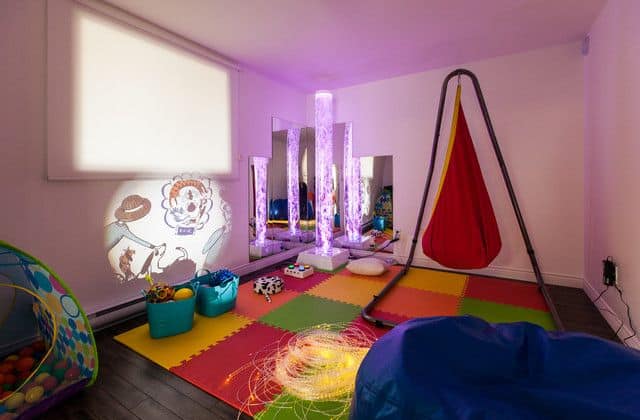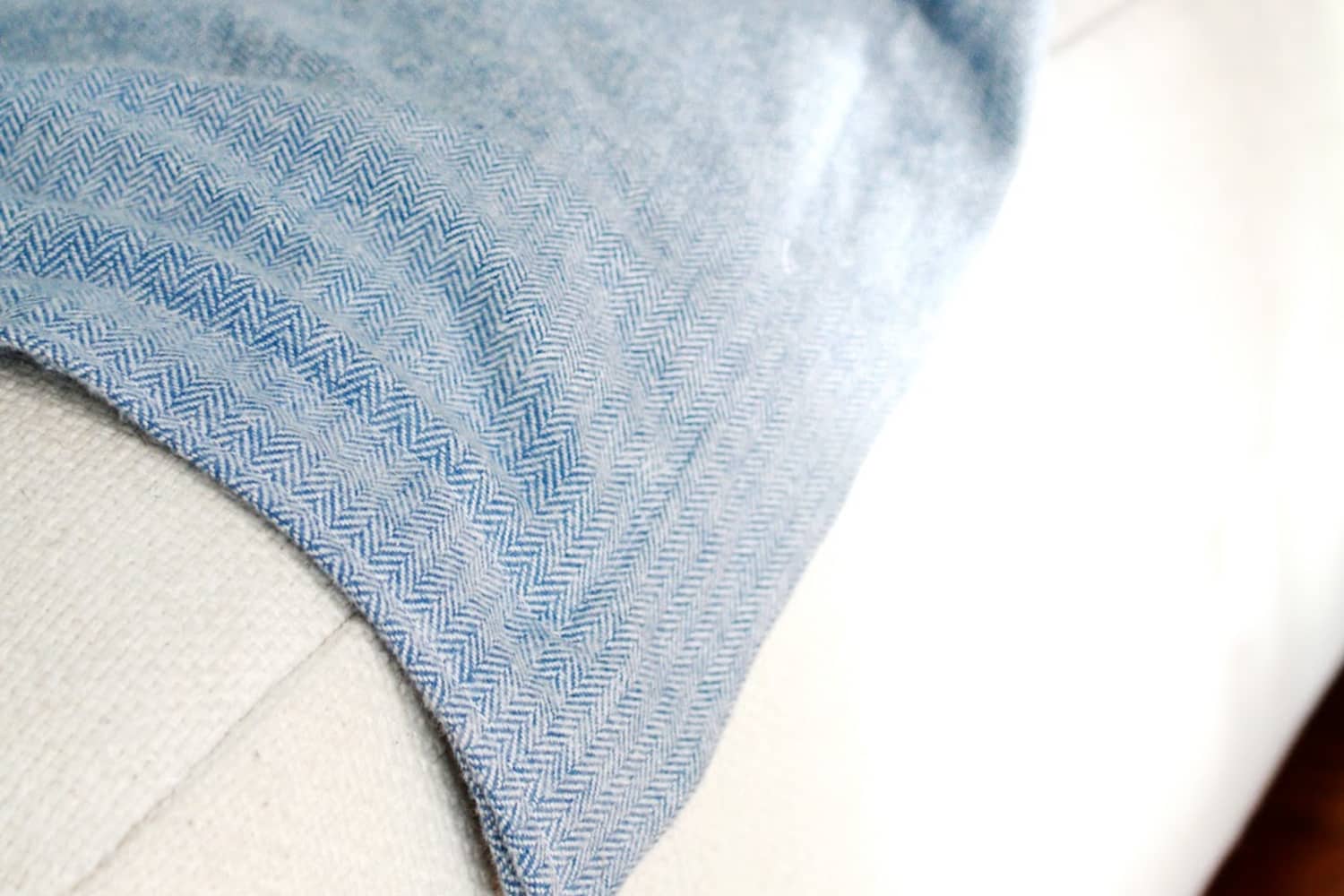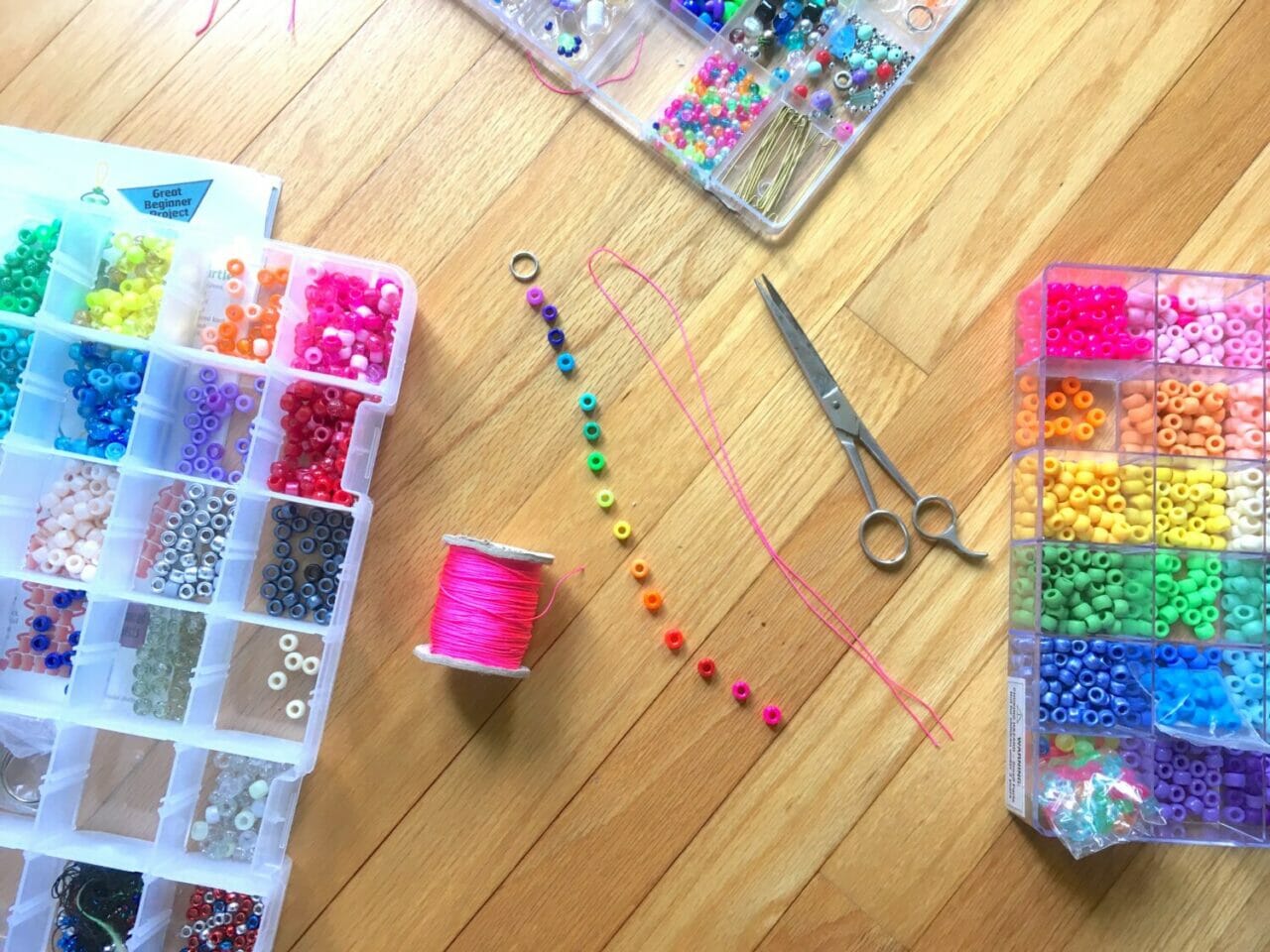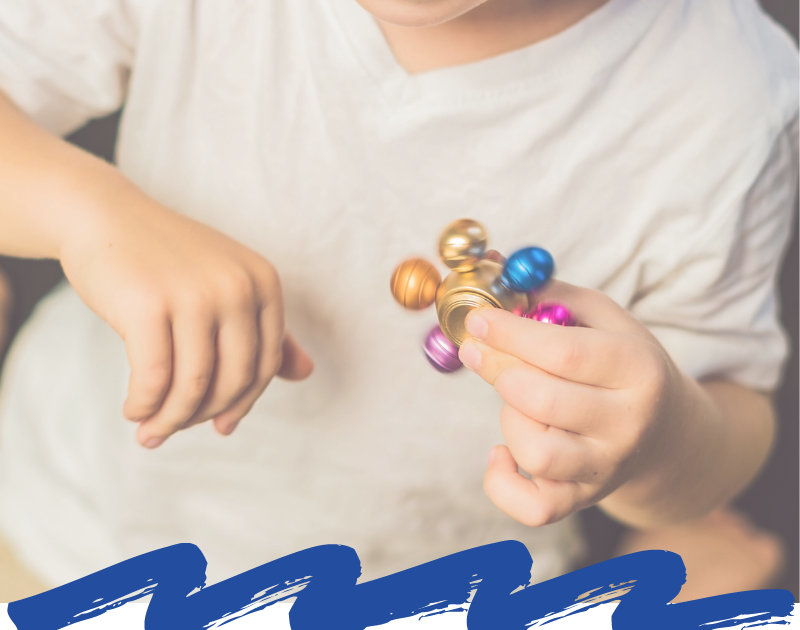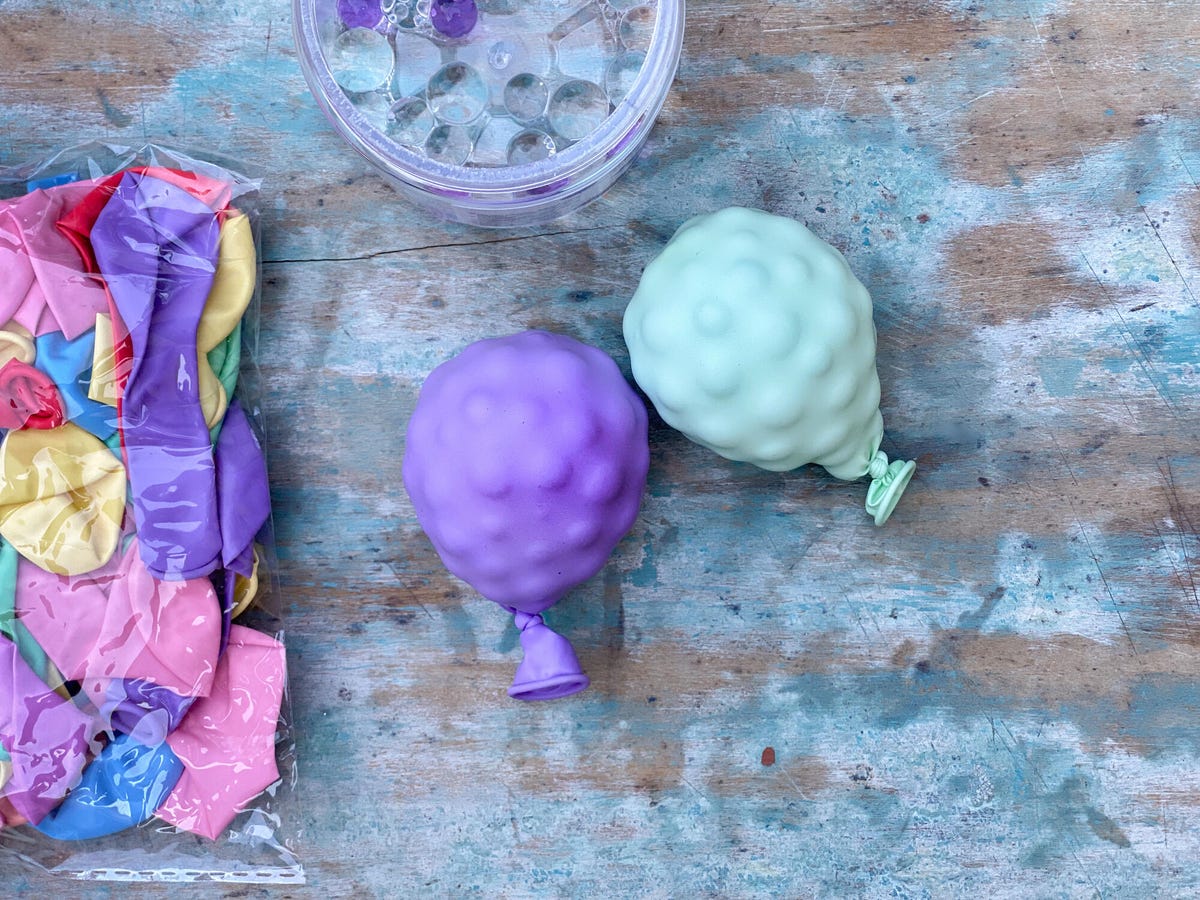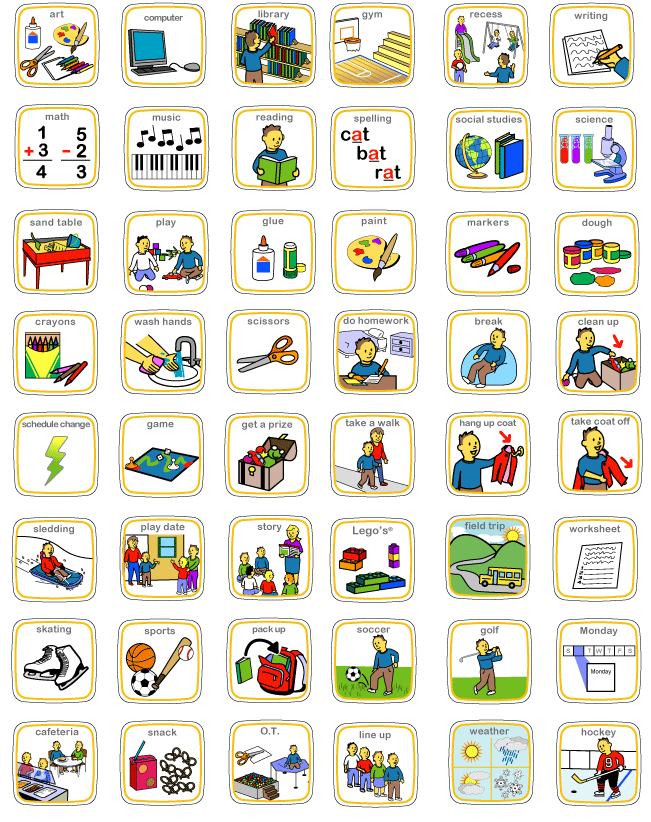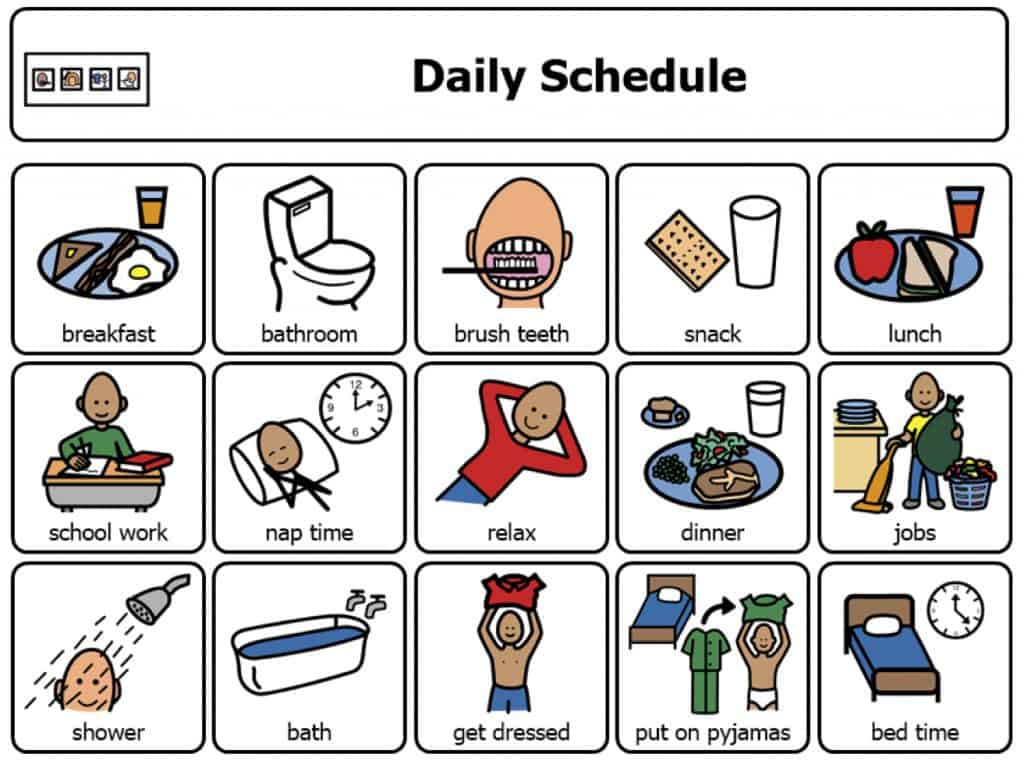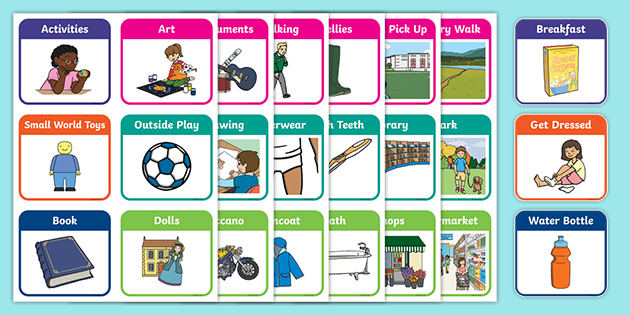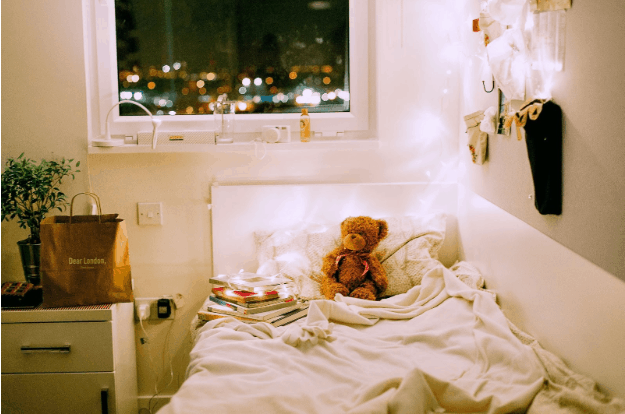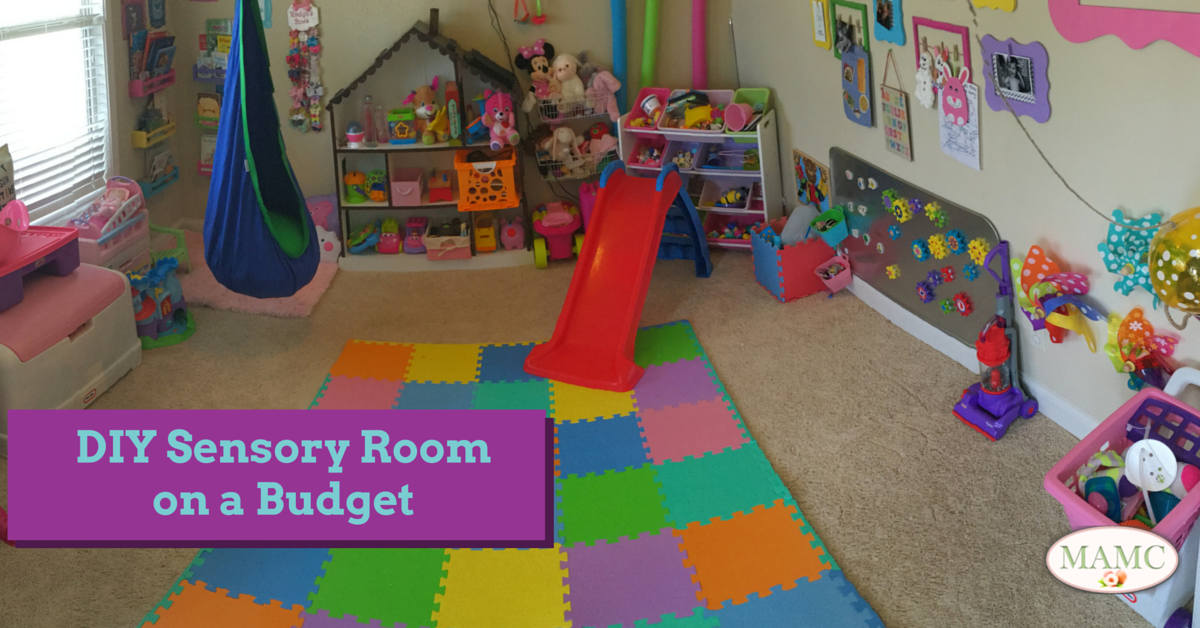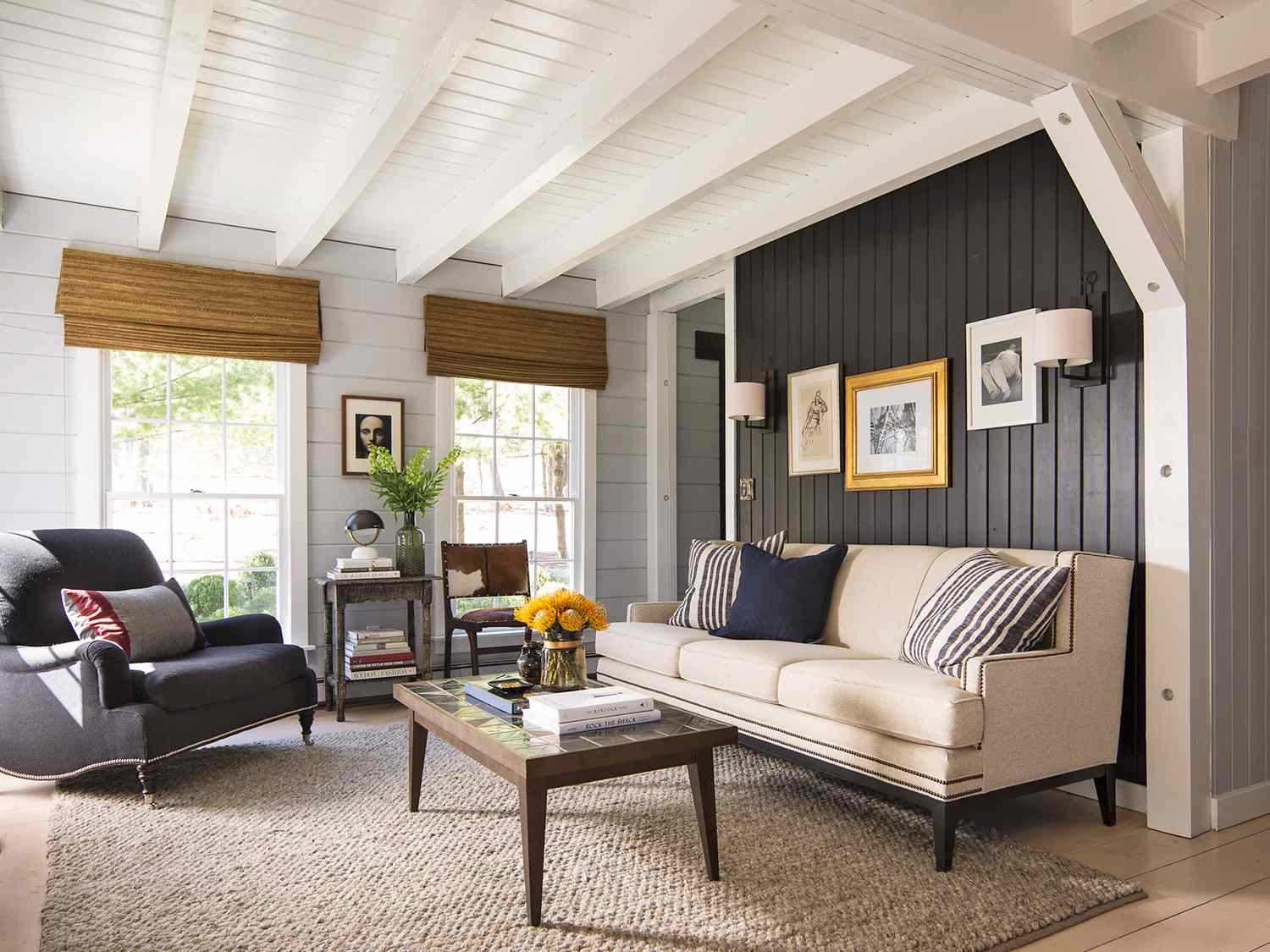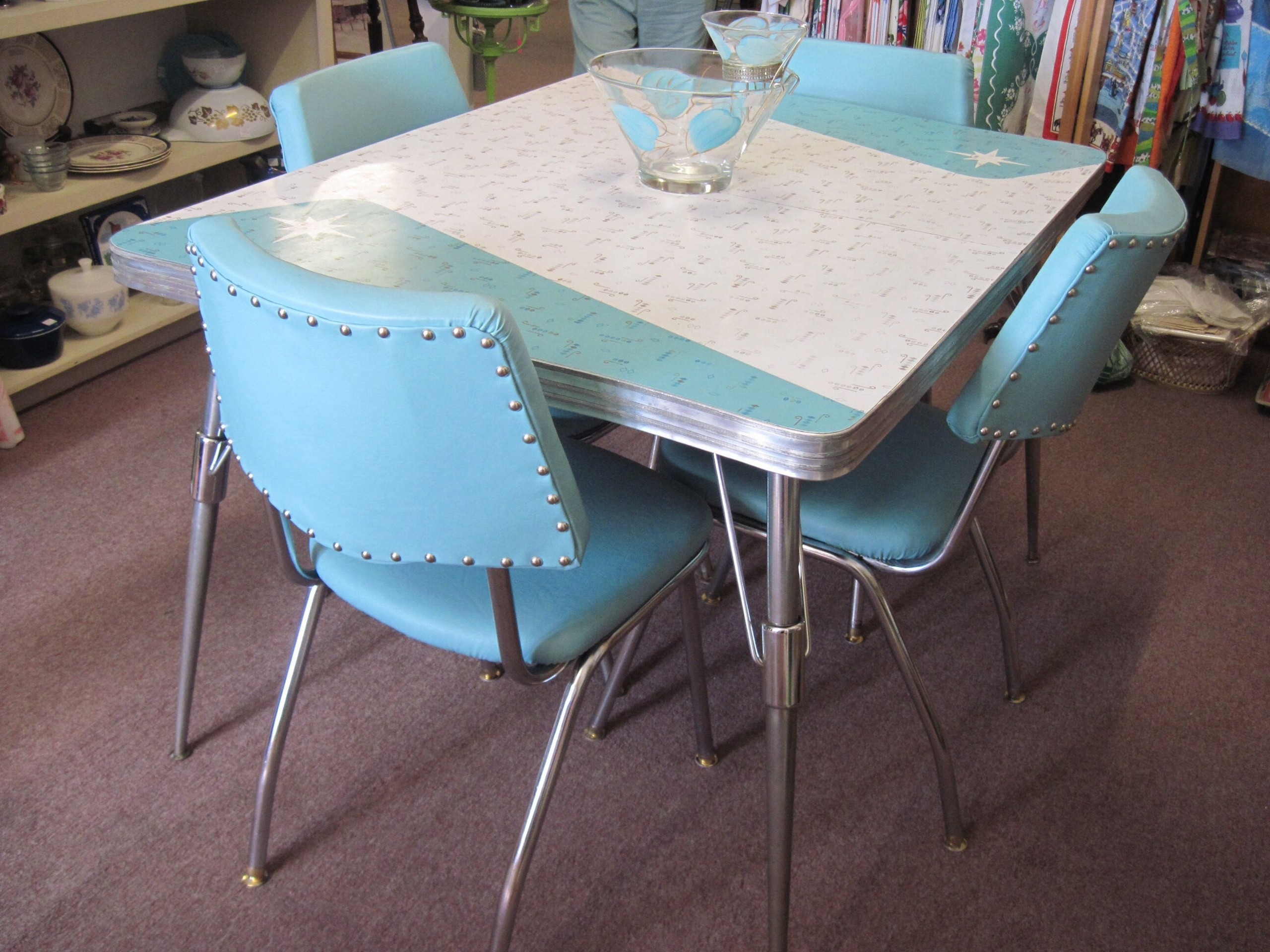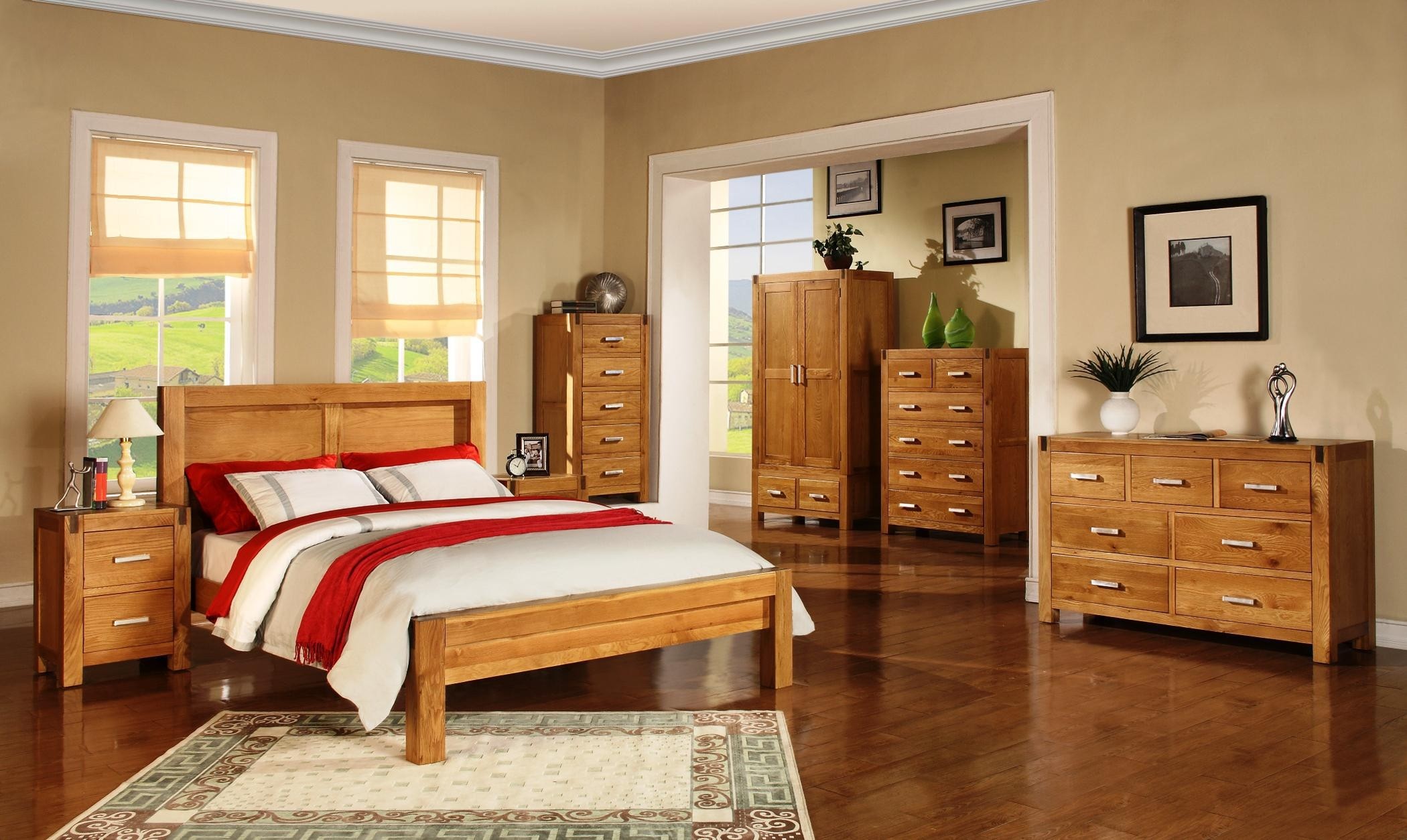Children with autism often have sensory sensitivities that can make it difficult for them to feel comfortable and relaxed in their own bedroom. However, with some simple DIY techniques, you can transform your child's bedroom into a sensory-friendly space that meets their unique needs. Here are 10 ideas for creating a calming and safe bedroom for your autistic child. Sensory-friendly bedroom ideas for autistic children
One way to create a sensory-friendly bedroom for your child is to turn it into a calming sensory room. This can be achieved through the use of soft lighting, comfortable seating, and sensory items such as weighted blankets or fidget toys. You can also add calming scents, such as lavender, to help your child relax and unwind in their bedroom. DIY calming sensory room for autistic kids
Safety is a top priority when it comes to creating a bedroom for an autistic individual. This means removing any potential hazards, such as cords or sharp edges, and making sure the room is well-ventilated and free of clutter. It's also important to choose furniture and decor that is sturdy and won't easily break or cause harm. How to create a safe and comfortable bedroom for autistic individuals
Many people with autism struggle with sleep issues, and a weighted blanket can be a helpful tool for promoting a good night's rest. You can easily make your own weighted blanket using inexpensive materials like rice or plastic pellets. Just be sure to follow a tutorial and use the appropriate weight for your child's size. DIY weighted blanket for better sleep in autistic individuals
Wall decor can also play a role in creating a sensory-friendly bedroom. Consider adding textured wallpaper or hanging items like wind chimes or fabric strips to provide visual and tactile stimulation. You can also paint one wall with a chalkboard or whiteboard paint for your child to draw on and express themselves. Sensory wall decor for an autistic-friendly bedroom
Fidget toys can be a great tool for helping children with autism manage their anxiety and stay calm. You can easily make your own fidget toys using materials like pom poms, pipe cleaners, or stress balls. These can be placed in a small sensory bin in your child's bedroom for easy access. DIY fidget toys for an autistic-friendly bedroom
Visual schedules can be incredibly helpful for individuals with autism to understand their daily routine and what to expect. You can create a visual schedule for your child's bedroom using pictures or drawings that represent different activities, such as getting dressed or brushing teeth. This can help your child feel more organized and in control of their day. Creating a visual schedule for an autistic-friendly bedroom
Some individuals with autism may be sensitive to loud noises, making it difficult for them to relax and sleep in their bedroom. To create a quieter space, you can DIY soundproof the room by adding sound-absorbing materials like foam panels or thick curtains. This can also be helpful for reducing outside noises that may be disruptive. DIY soundproofing for an autistic-friendly bedroom
Lighting can have a big impact on the overall atmosphere of a bedroom. For individuals with autism, it's important to have a balance of natural and artificial light, as well as the option to dim or adjust the lighting. You can also add soft, color-changing LED lights for a calming effect. Sensory-friendly lighting ideas for an autistic-friendly bedroom
A calming corner is a designated space in the bedroom where your child can go to relax and recharge. This can be achieved by creating a cozy reading nook, a mini tent or fort, or even a small indoor swing. You can also add calming activities like coloring books or sensory bins to this area. In conclusion, with some creativity and DIY skills, you can easily transform your child's bedroom into a safe and sensory-friendly space that meets their unique needs. By incorporating these 10 ideas, you can create a calming and comforting environment that will help your child feel more at ease and comfortable in their own bedroom. DIY calming corner for an autistic-friendly bedroom
Creating an Autism-Friendly Bedroom: Tips and Ideas for DIY Decor

Understanding the Needs of Autistic Individuals
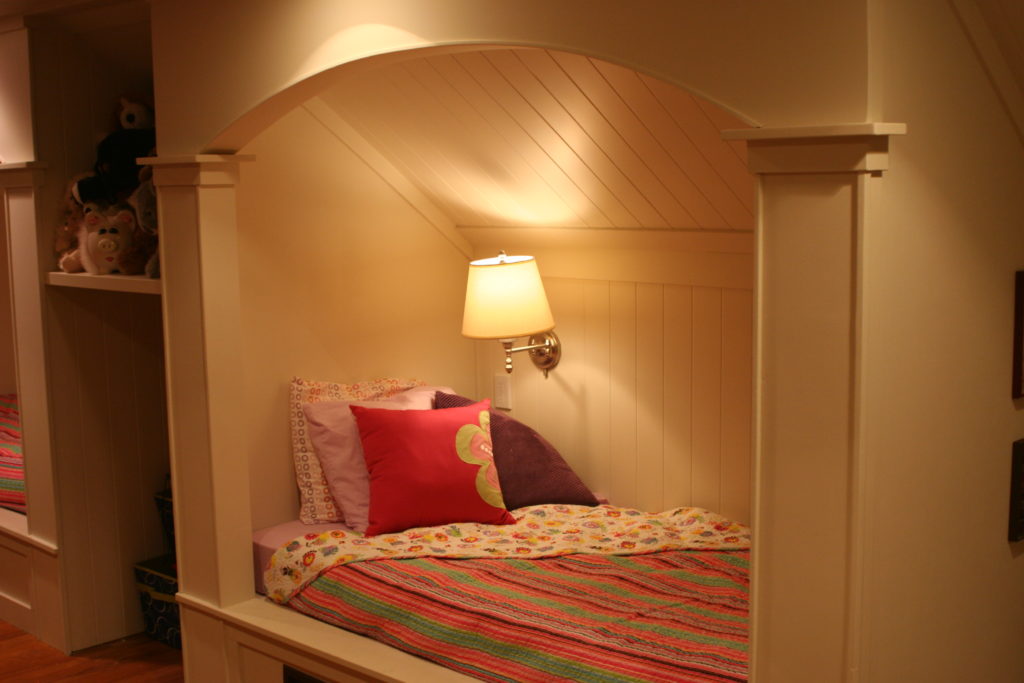 Decorating a bedroom for someone with autism requires a unique approach. Autism is a developmental disorder that affects a person's ability to communicate and interact with others. It also often involves sensory processing difficulties, which can make certain environments overwhelming or uncomfortable for autistic individuals. Therefore, it is important to create a bedroom that is not only visually appealing but also supportive of their specific needs and sensory sensitivities.
Decorating a bedroom for someone with autism requires a unique approach. Autism is a developmental disorder that affects a person's ability to communicate and interact with others. It also often involves sensory processing difficulties, which can make certain environments overwhelming or uncomfortable for autistic individuals. Therefore, it is important to create a bedroom that is not only visually appealing but also supportive of their specific needs and sensory sensitivities.
Choose Calming Colors and Patterns
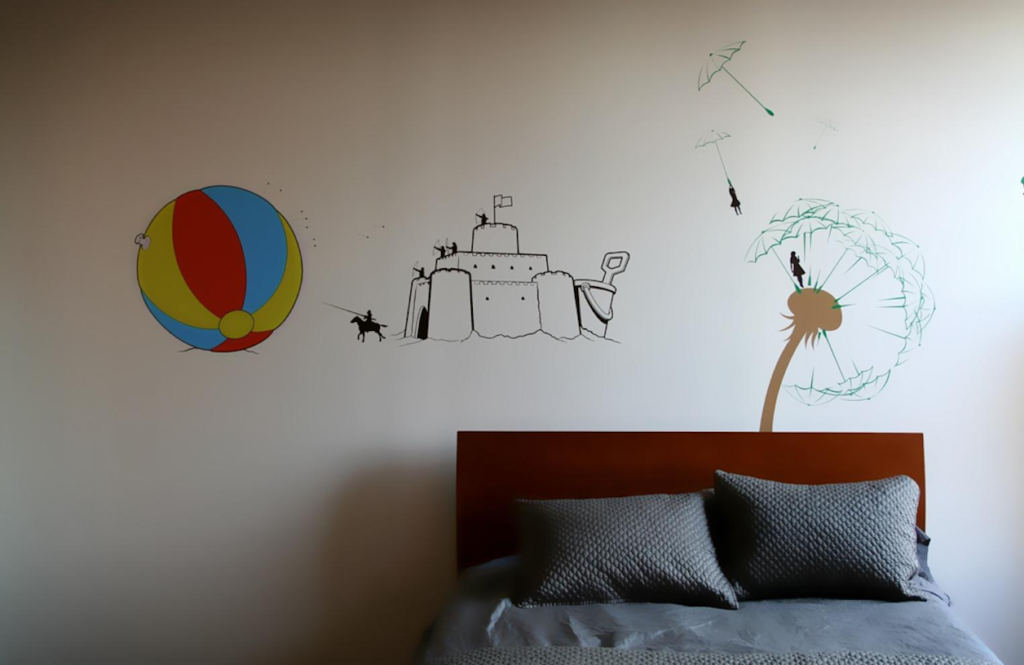 When it comes to choosing a color scheme for an autism-friendly bedroom, it is best to stick with calming and muted colors. Bright or bold colors can be overwhelming for some individuals with autism. Soft blues, greens, and earth tones are great options to create a soothing and peaceful atmosphere. Avoid busy patterns and opt for simpler designs to minimize visual distractions.
When it comes to choosing a color scheme for an autism-friendly bedroom, it is best to stick with calming and muted colors. Bright or bold colors can be overwhelming for some individuals with autism. Soft blues, greens, and earth tones are great options to create a soothing and peaceful atmosphere. Avoid busy patterns and opt for simpler designs to minimize visual distractions.
Consider Sensory-Friendly Textures and Materials
 Autistic individuals may have heightened or lowered sensitivity to certain textures and materials. Soft and cozy textures are often preferred, such as plush carpets, fuzzy blankets, and smooth bedding. It is also important to choose non-toxic and hypoallergenic materials to avoid any potential sensory triggers.
Autistic individuals may have heightened or lowered sensitivity to certain textures and materials. Soft and cozy textures are often preferred, such as plush carpets, fuzzy blankets, and smooth bedding. It is also important to choose non-toxic and hypoallergenic materials to avoid any potential sensory triggers.
Keep the Room Organized and Clutter-Free
 Organization is key when it comes to creating an autism-friendly bedroom. Clutter and disorganization can be overwhelming and cause anxiety for some individuals with autism. Invest in storage solutions such as bins, shelves, and baskets to keep items neatly organized and out of sight. A clean and clutter-free space can help promote a sense of calm and comfort.
Organization is key when it comes to creating an autism-friendly bedroom. Clutter and disorganization can be overwhelming and cause anxiety for some individuals with autism. Invest in storage solutions such as bins, shelves, and baskets to keep items neatly organized and out of sight. A clean and clutter-free space can help promote a sense of calm and comfort.
Include Personalized and Functional Elements
 Every individual with autism is unique and has their own specific preferences and needs. When decorating a bedroom for someone with autism, it is important to involve them in the process and incorporate personalized elements that they enjoy. This could include their favorite colors, characters, or hobbies. Additionally, consider adding functional elements such as a weighted blanket, sensory toys, or a comfortable reading nook to help promote relaxation and comfort.
In conclusion,
creating an autism-friendly bedroom requires careful consideration of the individual's needs and preferences. By following these tips and incorporating personalized and functional elements, you can create a safe and comfortable space for an autistic individual to relax and recharge in. Remember to always involve them in the process and make necessary adjustments as needed to ensure their comfort and well-being.
Every individual with autism is unique and has their own specific preferences and needs. When decorating a bedroom for someone with autism, it is important to involve them in the process and incorporate personalized elements that they enjoy. This could include their favorite colors, characters, or hobbies. Additionally, consider adding functional elements such as a weighted blanket, sensory toys, or a comfortable reading nook to help promote relaxation and comfort.
In conclusion,
creating an autism-friendly bedroom requires careful consideration of the individual's needs and preferences. By following these tips and incorporating personalized and functional elements, you can create a safe and comfortable space for an autistic individual to relax and recharge in. Remember to always involve them in the process and make necessary adjustments as needed to ensure their comfort and well-being.



